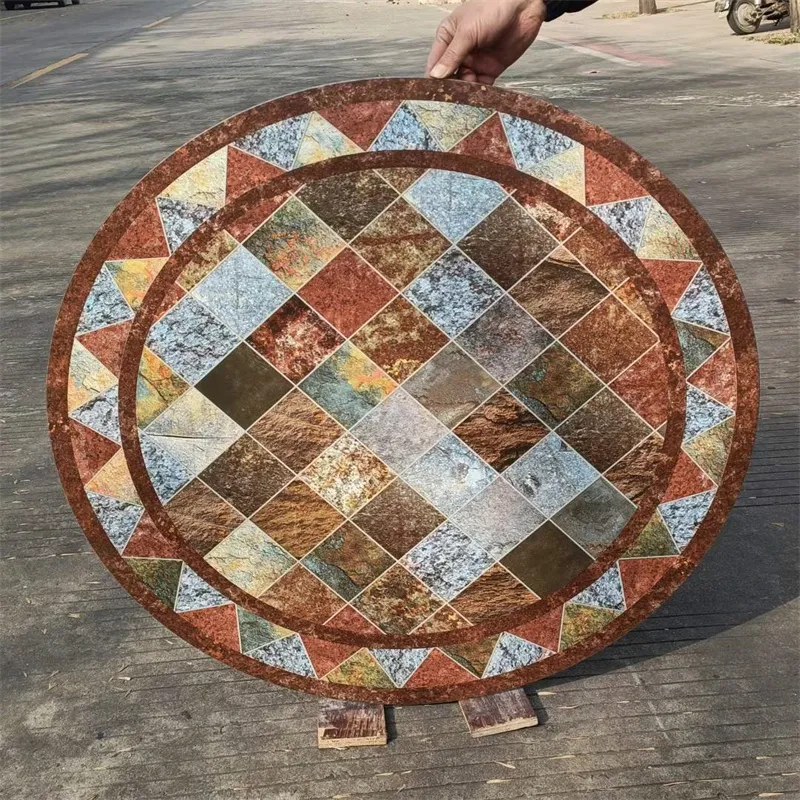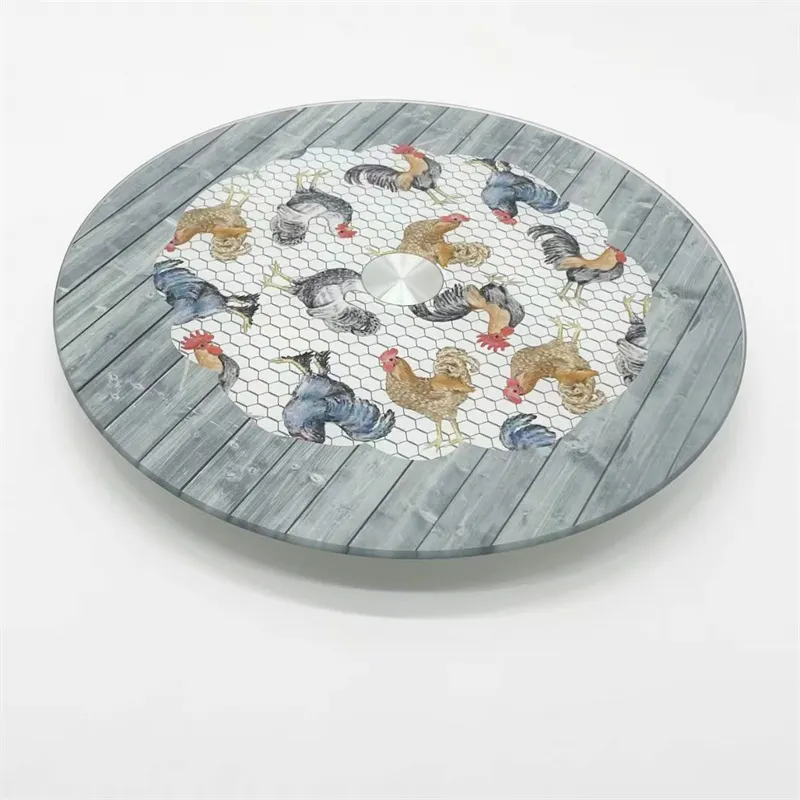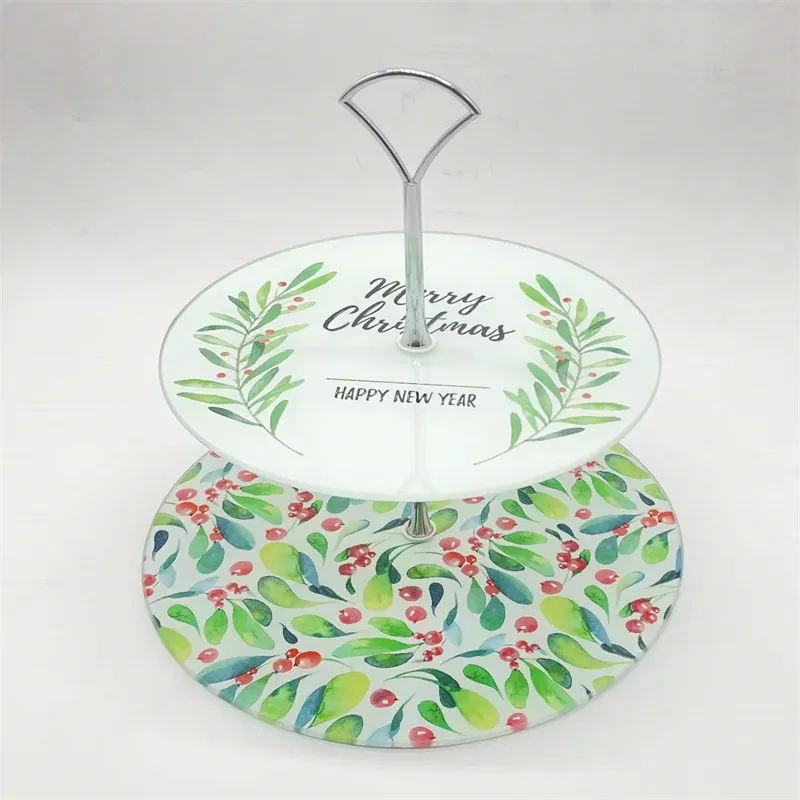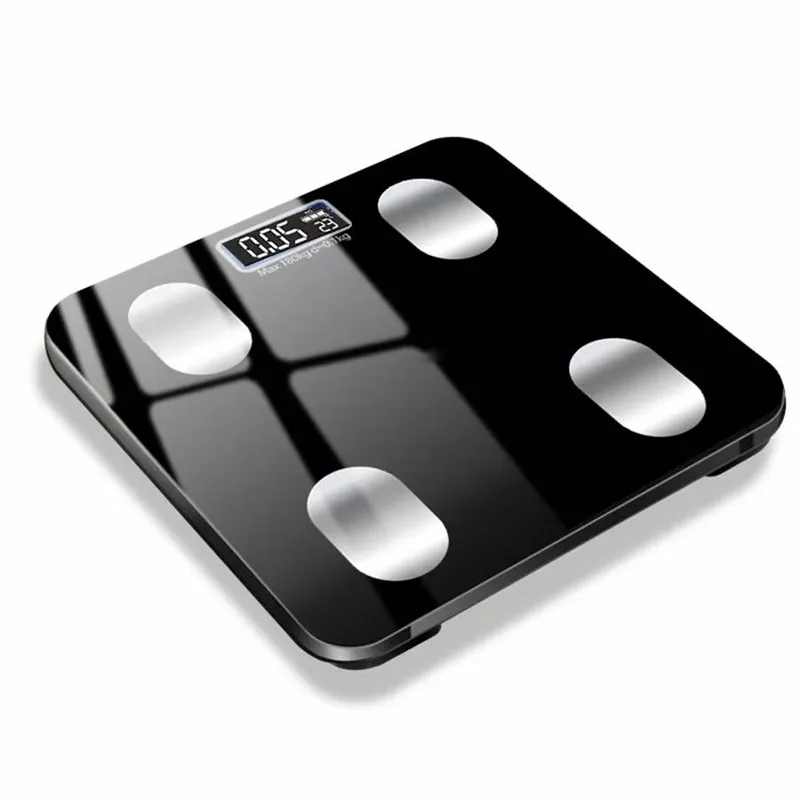Verre trempé
What Are Tempered Glass Features
As a member of safety glass, the main characteristic of tempered glass is its safety. When tempered glass is damaged by external force, it will break into small, almost harmless particles, instead of sharp, jagged fragments, which could seriously injure our body.
Le verre trempé peut supporter des températures plus élevées que le verre ordinaire, ce qui le rend adapté à une utilisation dans des environnements exposés à une chaleur importante, tels que les dosserets de cuisine, les portes de four et les ustensiles de cuisine en verre. Sa capacité à supporter les variations de température sans se briser en fait également un excellent choix pour les applications extérieures comme les puits de lumière et les façades.
Le verre trempé est environ quatre à cinq fois plus résistant que le verre standard de même épaisseur. Cette résistance accrue est obtenue grâce à un processus de refroidissement rapide lors de sa fabrication, qui crée un état de compression à la surface du verre. Ce processus améliore non seulement sa durabilité, mais le rend également plus résistant aux chocs et aux contraintes thermiques.
The Types of Tempered Glass
Shottglass propose principalement deux types de verre trempé : le verre trempé plat et le verre trempé incurvé, tous deux pouvant offrir d'excellentes propriétés de sécurité.
Verre trempé plat : en utilisant du verre flotté de haute qualité comme feuille de verre de base, le taux d'auto-explosion et la déformation de surface de notre verre trempé plat sont efficacement contrôlés. Cela réduit considérablement le coût du service après-vente et améliore l'expérience du produit.
Verre trempé courbé : Comparé au verre ordinaire verre courbé/courbé, ce type de verre est mieux adapté aux applications qui nécessitent une plus grande attention à la sécurité, comme les murs-rideaux, glass partitions, et des balustrades en verre.
Tempered Glass Applications
En architecture et en décoration intérieure, le verre trempé est largement utilisé pour les fenêtres, les portes et les cloisons. Sa résistance et ses caractéristiques de sécurité le rendent idéal pour les zones à fort trafic, telles que les escaliers et les couloirs.
Tempered glass is a standard material for vehicle windows, especially side and rear windows. Its ability to withstand impact and reduce injury in accidents makes it an essential component of automotive safety.
Le verre trempé est également utilisé pour de nombreux meubles et appareils électroménagers modernes. On le retrouve couramment dans les plateaux de table, les étagères, les portes de douche et comme protection panneaux de verre dans divers appareils. Sa durabilité et son aspect élégant en font un matériau privilégié des fabricants et des designers.
Dans les bâtiments commerciaux et publics, le verre trempé est utilisé pour les façades extérieures, les puits de lumière et les murs-rideaux en raison de sa capacité à supporter les contraintes environnementales et de ses caractéristiques de sécurité. Il est également utilisé dans la construction d'abris pour les transports publics, de cabines téléphoniques et de diverses autres infrastructures publiques où la sécurité et la durabilité sont requises.
Tempered Glass Dimensions
|
Taille (mm) |
Taille minimale : 10*10 mm, taille maximale : 3300*19000 mm |
|
Épaisseur (mm) |
2 mm à 19 mm (2 mm est semi-trempé) |
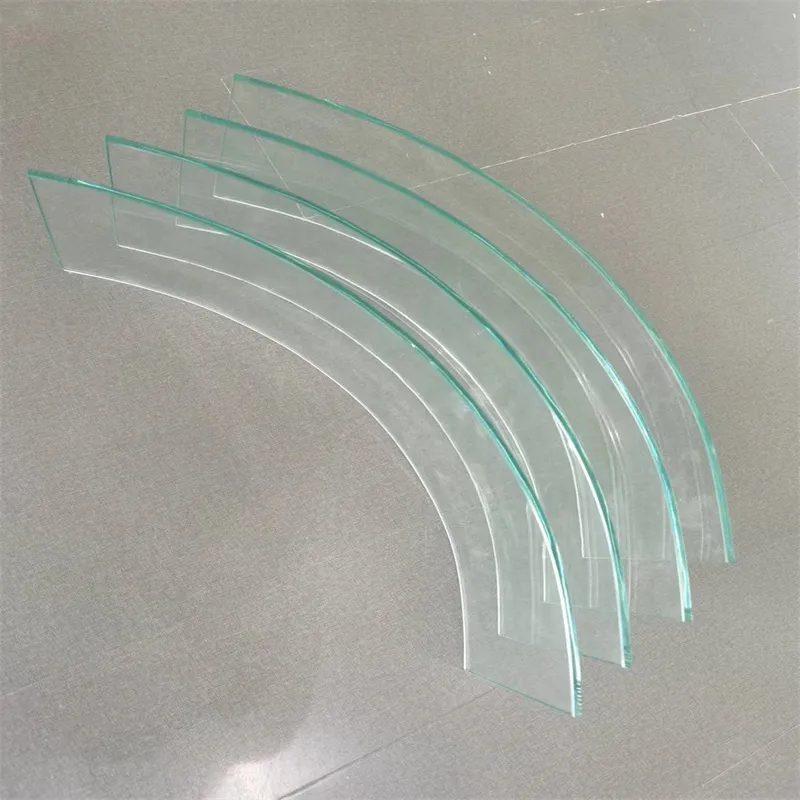
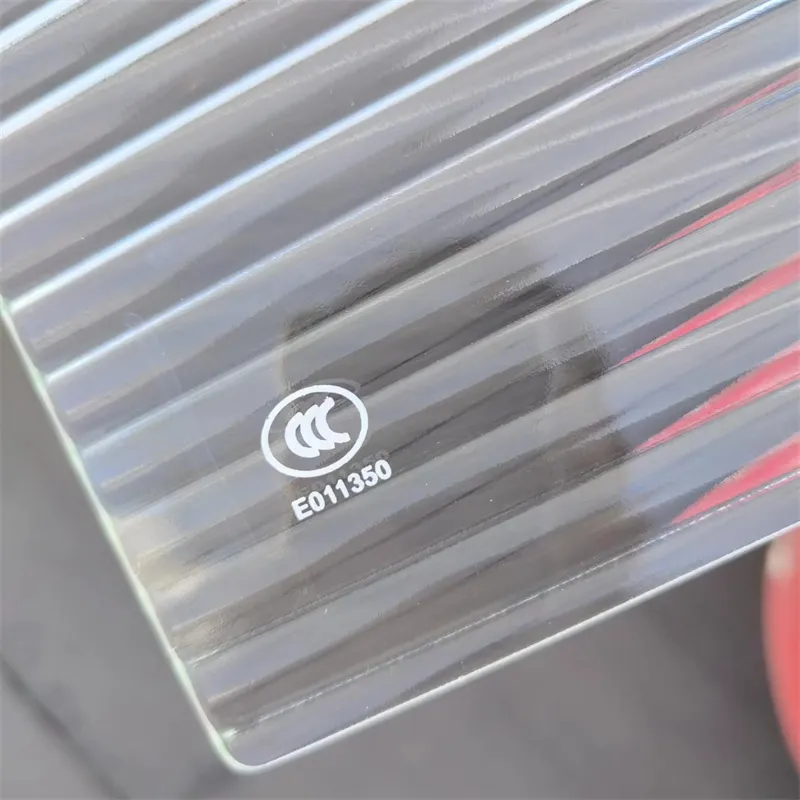
Process of Tempered Glass
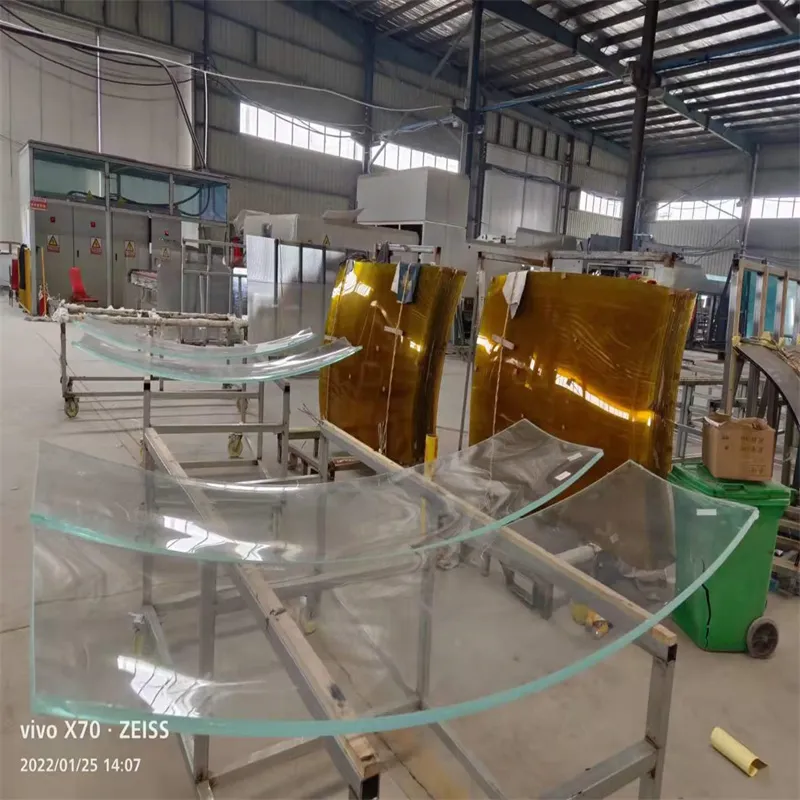
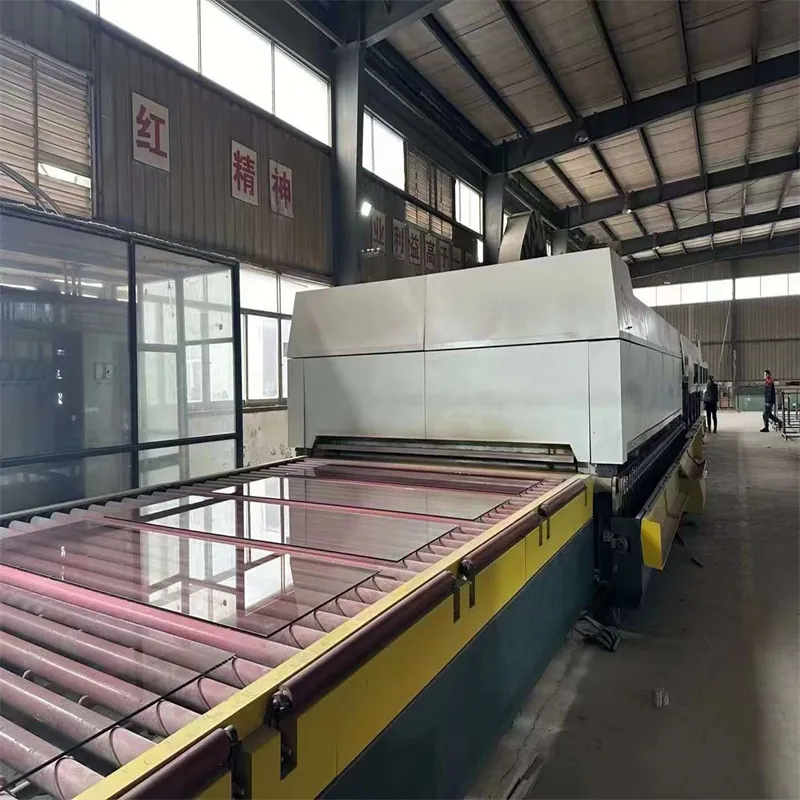
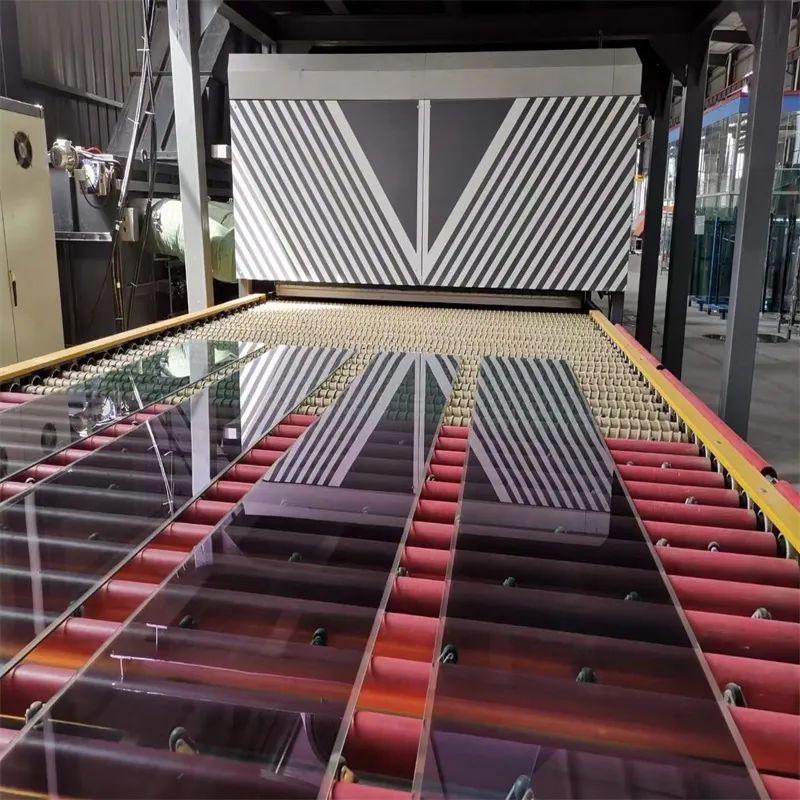
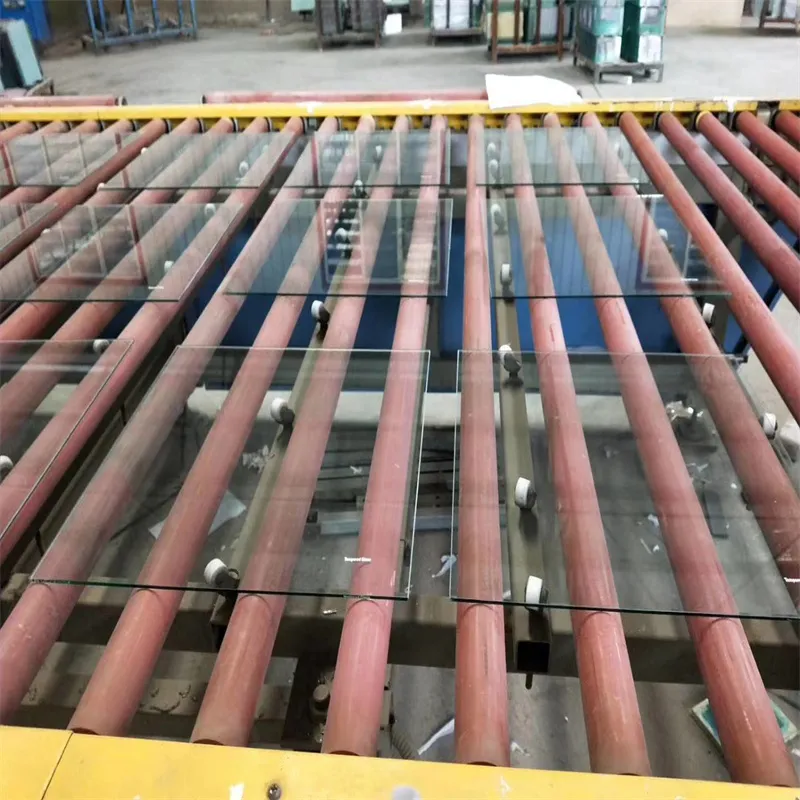
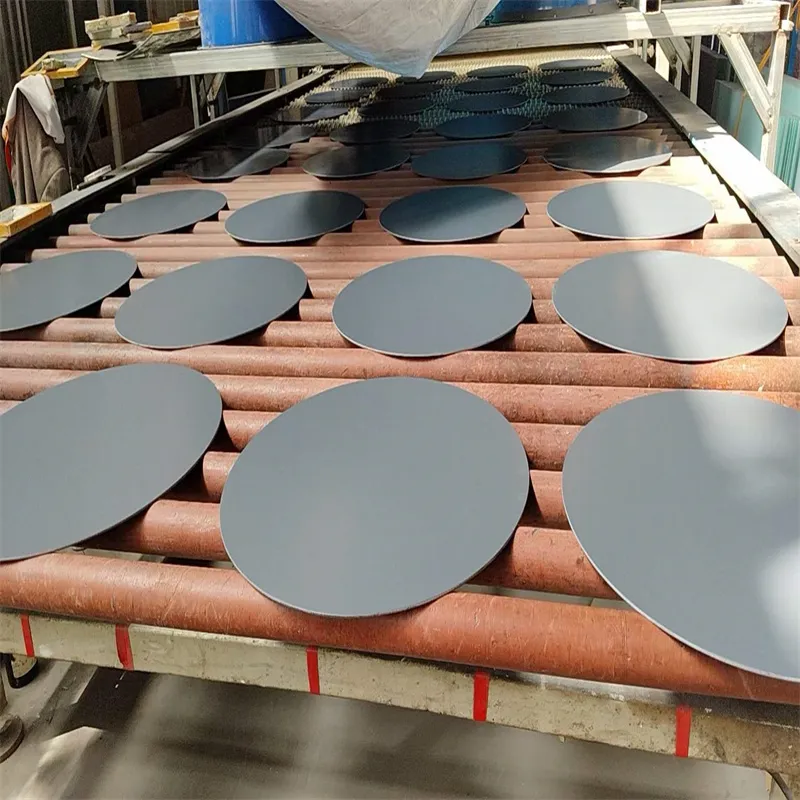

What's the Difference Between Tempered Glass and Regular Glass
When it comes to choosing glass for your home, office, or commercial space, safety, strength, and functionality all come into play. One of the most common questions we hear at Shottglass is: “What’s the real difference between tempered glass and regular glass?” Let’s clear that up.
Regular glass, also known as annealed glass, is the standard type of glass used in everyday items like picture frames, windows, and some furniture tops. It’s made by cooling molten glass slowly to relieve internal stresses. While it’s relatively inexpensive and easy to cut or shape, it can be fragile. When broken, regular glass shatters into sharp, jagged pieces that can be dangerous, especially in high-traffic or child-friendly areas.
Tempered glass, on the other hand, is specially heat-treated to make it significantly stronger, up to four to five times more than regular glass. The process involves heating the glass to high temperatures and then rapidly cooling it. This creates internal tension, which gives tempered glass its strength and safety features. Instead of shattering into sharp shards, it breaks into small, blunt-edged pieces that are far less likely to cause injury.
At Shottglass, we specialize in providing high-quality tempered glass that meets rigorous safety standards for both residential and commercial applications. Whether you're installing shower enclosures, glass doors, tabletops, or protective screens, tempered glass offers peace of mind without compromising on design or clarity.
Another key difference? Tempered glass can withstand higher temperatures and sudden thermal changes, making it ideal for kitchens, bathrooms, and outdoor areas. It’s also more impact-resistant, which is why it’s the go-to choice for safety glazing in vehicles, buildings, and even mobile devices.
Choosing between tempered and regular glass comes down to how and where the glass will be used. For areas that require extra safety, durability, or exposure to heat, tempered glass is the smart investment. If you’re working on a simple interior project where safety isn’t a concern, regular glass may be suitable.
No matter your needs, Shottglass is here to guide you through the selection process. With our expert knowledge and quality manufacturing, we help ensure your glass performs as beautifully as it looks.
Why Choose Shottglass as Your Tempered Glass Supplier?
When architects, automakers, and contractors need high-quality tempered glass, they don’t shop – they partner. Shottglass stands as a leading China tempered glass manufacturer because we fuse precision engineering with relentless accountability. Our glass doesn’t just meet standards; it sets them.
Core Products Engineered for Real-World Safety
We deliver two battle-tested solutions:
-
Flat Tempered Glass: Starts with premium float glass, slashing self-explosion rates to near-zero and eliminating optical distortion. Translation: Fewer callbacks, happier clients.
-
Curved Tempered Glass: Built for architectural pressure points (curtain walls, balcony barriers) where standard bent glass cracks under pressure. Expect 4x impact resistance.
Specs That Turn "Impossible" into "Installed"
-
Size Range: From 10x10mm (micro-devices) to 3300x19000mm (airport canopies)
-
Épaisseur: 2mm (semi-tempered displays) to 19mm (brutal-traffic floors)
No project is too niche. No pane too massive.
Your Workflow, Supercharged
► OEM Tempered Glass Made Simple
Custom cutouts? Silk-screened logos? Send drawings at midnight. We prototype in 72 hours (MOQ 50m²). Your design. Our execution. Done.
► Tempered Glass Wholesale Without the Headaches
-
FOB/CIF from 8 Chinese ports
-
Pre-shipment video QC inspections
-
CE, ASTM, SGCC docs in every container
► The Truth About Tempered Glass Price
"Cheap" glass costs you 3x in replacements. Our direct-from-factory model delivers fair tempered glass price plus:
-
99% optical clarity
-
Thermal shock resistance (-40°C to 300°C)
-
Lot-traceable tempering reports
Why "Tempered Glass in China" Means Shottglass
We’re the China tempered glass manufacturer trusted by Mercedes showrooms and Dubai towers because:
✓ Raw material control: Only low-iron SuperClear®
✓ Fragmentation guarantee: Granules <1cm² (no shards)
✓ Distortion-free promise: Laser-calibrated annealing
Your Next Step?
Email specs → Get samples + quote → Sleep easy knowing your glass won’t quit.
Scan to chat with our lead engineer – because when 10 tons of glass hang over a hospital lobby, "maybe" isn’t in your vocabulary.
Is tempered glass breakable?
Yes, tempered glass can break, but it is significantly stronger than regular glass. When it does break, it shatters into small, blunt pieces rather than sharp shards, greatly reducing the risk of injury.
What is tempered glass used for?
Tempered glass is widely used in applications where safety, strength, and thermal resistance are important. Common uses include shower doors, glass partitions, building facades, car windows, oven doors, mobile phone screens, and glass railings.
What is tempered glass made of?
Tempered glass is made from ordinary float glass that has been processed through extreme heating (around 620°C) followed by rapid cooling. This thermal process increases its strength and makes it safer upon impact.
Can tempered glass be cut after production?
No. Tempered glass cannot be cut, drilled, or reshaped after it has been tempered. Any modifications must be made before the tempering process begins.
Is tempered glass scratch-resistant?
Tempered glass is more scratch-resistant than regular glass, but it’s not completely scratch-proof. Surface hardness is improved, making it more suitable for high-contact or outdoor applications.
How can I tell if glass is tempered?
Tempered glass often has a small etched or stamped label in one of the corners. If not labeled, you can sometimes identify it with polarized sunglasses or tools that detect surface stress patterns.
Does tempered glass provide UV protection?
While standard tempered glass blocks some UV rays, it doesn’t offer complete UV protection. For full UV resistance, a coating or laminated layer may be required.
Can tempered glass withstand heat?
Yes. One of the key benefits of tempered glass is its ability to withstand high temperatures, typically up to 250–300°C, making it suitable for ovens, cooktops, and architectural glazing in sunny environments.
Is tempered glass heavier than regular glass?
No. Tempering does not change the density of the glass. Tempered and regular glass of the same thickness weigh the same, though tempered glass is stronger and more impact-resistant.
Why should I choose tempered glass over regular glass?
Tempered glass offers enhanced safety, durability, and thermal stability. It’s ideal for both residential and commercial applications where performance and security are essential.
-
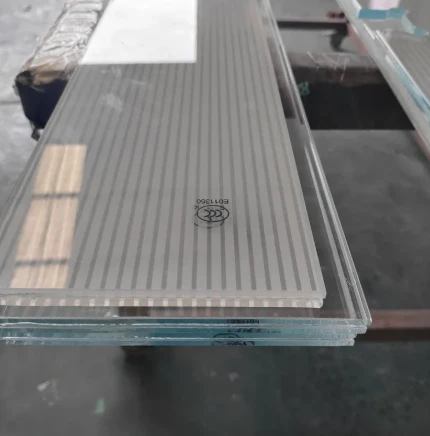 24Jun
24JunSafety and Style with Premium Laminated Glass Solutions
ShottGlass continues to set the industry benchmark with its high-quality laminated glass offerings, serving customers worldwide who demand superior performance, elegant design, and unmatched safety.
apprendre encore plus -
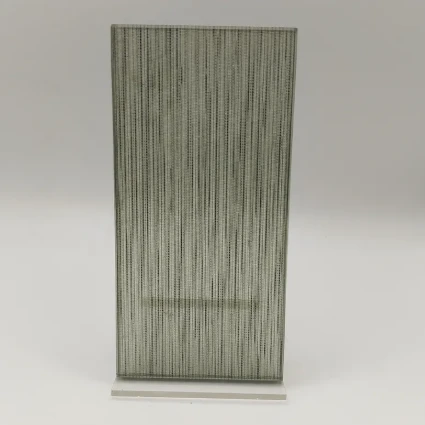 24Jun
24JunReinvents Security with Premium Wired Glass
In today’s high-security environments, safety and transparency must go hand in hand.
apprendre encore plus -
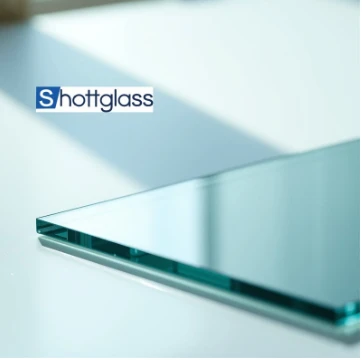 24Jun
24JunPremium Float Glass Line for Modern Architecture
As construction and design industries continue to evolve, so does the demand for clarity, strength, and innovation in building materials.
apprendre encore plus


